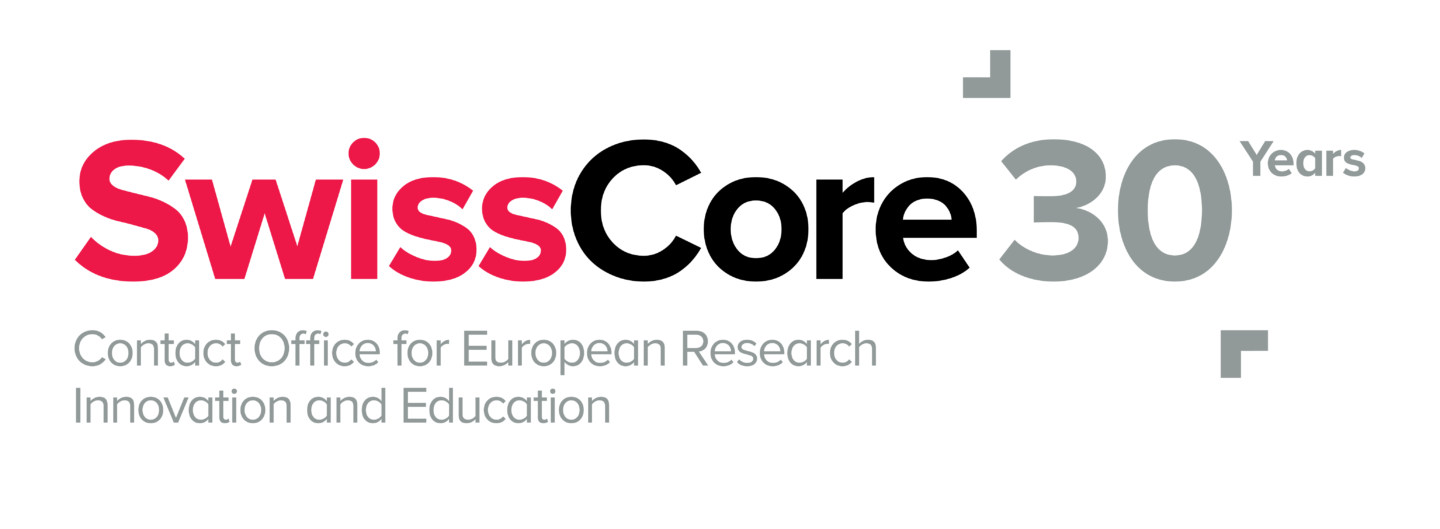A new report highlights the added value of Erasmus Mundus and shows that the programme increased the visibility and reputation of European higher education.
Back in 2004, the European Commission (EC) launched a new education programme that aimed at giving Europe’s higher education system a “worldwide degree of attractiveness” and boosting cooperation within Europe: Erasmus Mundus was born. This programme, back then called ‘Erasmus Mundus Action 1’, grew to support more than 34’000 students and 111’000 mobilities. The instrument also supported higher education institutions (HEI) leading to 585 projects and the creation of 349 unique Master Courses. Students from all over the world can apply for Erasmus Mundus Joint Master Courses, which are programmes designed by at least three HEI in at least three different countries leading to a joint degree or multiple degrees. To mark the 20th anniversary of Erasmus Mundus, the European Education and Culture Executive Agency (EACEA) of the European Commission published an impact study of the programmes on graduates and education systems.
At institutional level, most HEIs reported that the creation of an Erasmus Mundus programme helped the institution recruit excellent international students, establish new partnerships and increase their visibility and reputation. In general, all types of HEIs experienced a positive impact from the implementation of Erasmus Mundus. The only difference was that universities of applied sciences were more likely to report a positive impact on ‘learning and teaching’ and ‘international cooperation’ while the other types of HEIs were more likely to report a positive impact on ‘administrative processes’.
Erasmus Mundus was initially equipped with a scholarship scheme designed and reserved for non-European students, but in 2009 it was opened up to European countries. Apart from the 18% of students coming from Erasmus+ countries, the most represented region is Asia (with 34% of students), followed by Latin America and the Caribbean (17%). Students also tend to spend their mobility period in the same countries: more than 50% of all mobilities took place in France, Spain, Germany, Italy and the United Kingdom. After their studies, alumni in all fields but one reported an overall satisfaction rate of more than 90%; only Social Sciences and Humanities alumni have a lower rate with 84% satisfaction. When asked about the skills acquired thanks to Erasmus Mundus, 78% of alumni perceive a strengthening of their intercultural competences, 69% see a significant impact on their career, 66% say their experience contributed to their personal growth and 62% report a more positive attitude towards Europe and the EU.
Erasmus Mundus has also become a tool for attracting non-EU students to Europe thanks to its attractive financial support. In the medium term after graduation, 28% of the alumni stay in one of their host countries, while 32% move to another country. Of the 40% of the graduates who returned to their home country, more than half of them wished to live in a previous host country. However, the trend changes in the long term as many alumni return to their home country after a decade abroad. Many alumni also reported that the value of the programme was lower outside of the host country and that there were some barriers, such as insufficient knowledge of the local language and administrative problems related to obtaining residence permits and visas.
On a broader systemic level, Erasmus Mundus has helped some countries implement some of the Bologna tools, the most influential being the European Approach for Quality Assurance of Joint Programmes (EQAR), where a more coordinated approach to the certification of joint degrees has been achieved. The report highlights that the experience gained and the criteria defined for Erasmus Mundus joint programmes were key for the European Commission in the definition of the European Degree (label) presented by the Commission in March (see SwissCore article).
Erasmus Mundus has had a major impact on HEI, students and in national legislation. It is a solid foundation on which to build for the future, but what will happen to the programme? The report explores the possibility of expanding Erasmus Mundus to Bachelor and doctoral levels, where pilot projects should be carried out to better understand the up- and downsides. Some students reported that having two additional compulsory stays abroad can be too demanding in such a compact period. The report sees the inclusion of digital learning components, such as virtual exchanges or Collaborative Online International Learning (COIL), in the curricula as a way of easing the mobility requirements for students or including an additional degree-issuing partner institution.

